Management of Rhinophyma using 4 MHz Radiofrequency Technology
To date, surgery remains the primary option for the treatment of rhinophyma. Over the last few years many different surgical techniques have been described. With the introduction of radiofrequency monopolar cutting probe, effective, easy-to-handle and fast tissue resection is now possible. The probe can also be used for coagulation, thus producing excellent visibility of the surgical field and minimizing damage to the surrounding tissue. Specially designed probes facilitate the reshaping and sculpturing of the nose and help to even out irregularities on the skin surface.
Using the CURIS 4 MHz radiofrequency generator together with our monopolar electrodes, ENT surgeon H. Sadick, MD from the University Hospital in Mannheim/Germany reports:
“Radiofrequency monopolar surgery in the treatment of rhinophyma has proven to be an easy-to-handle, fast and efficient treatment modality. The combination of monopolar cutting and coagulation at the same time not only facilitates the re-shaping und sculpturing of the nose but also guarantees gentle hemostasis with excellent visibility of the surgical field.“
H. Sadick, MD, Mannheim (Germany)
Fig. 1 und 2 show the monopolar wire loop electrode (REF 36 08 12) and the ball electrode (REF 36 08 17) in practice:
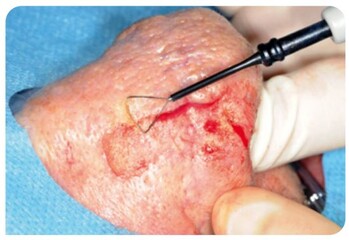
Fig. 1: Radiofrequency monopolar resection of a rhinophyma while carefully preserving pilosebaceous units to prevent scarring (with monopolar wire loop electrode, REF: 36 08 12)
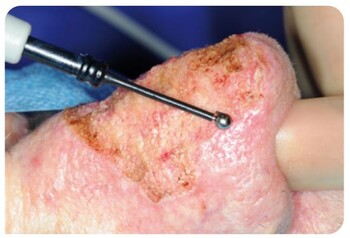
Fig. 2: Sculpturing of the nasal contour by evening surface irregularities (with monopolar ball electrode, REF: 36 08 17)
Find out more in the Application Report:
Management of Rhinophyma Using Radiofrequency Surgery of the Nose - H. Sadick
Find further opinions by surgeons and an overview of the wide range of solutions with the CURIS 4 MHz radiofrequency generator in the catalog Dermatosurgery and Plastic Aesthetic Surgery.
Monopolar Electrodes Product Range
Sutter offers suitable solutions for a variety of monopolar applications in dermatosurgery:
Monopolar (coagulation) needle electrodes
- Delicate skin incisions
- Tissue resection
- Superficial treatments
- Suitable for simultaneous cutting and coagulating of tissue
- Suitable for dry dissection
Monopolar loop electrodes
- Suitable for safe ablation and resection of superficial changes of skin structure
- Safe and easy to use
Monopolar loop and blade electrodes
- Delicate skin incisions
- Tissue resection
- Superficial treatments
Monopolar ball electrodes
- Coagulation of small to larger areas
- The heat-resistant insulation prevents unwanted tissue burns
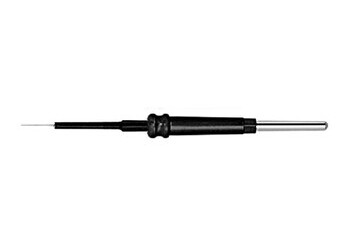
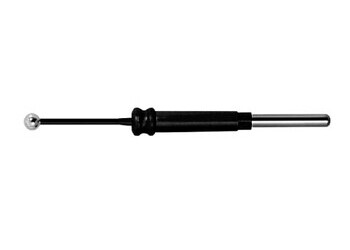
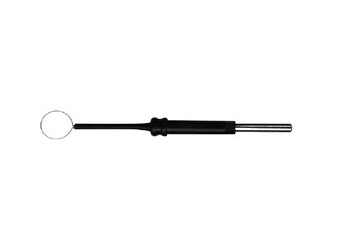
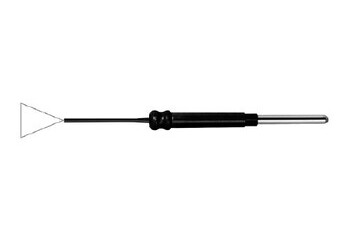
Find further models of monopolar electrodes on our product page.
